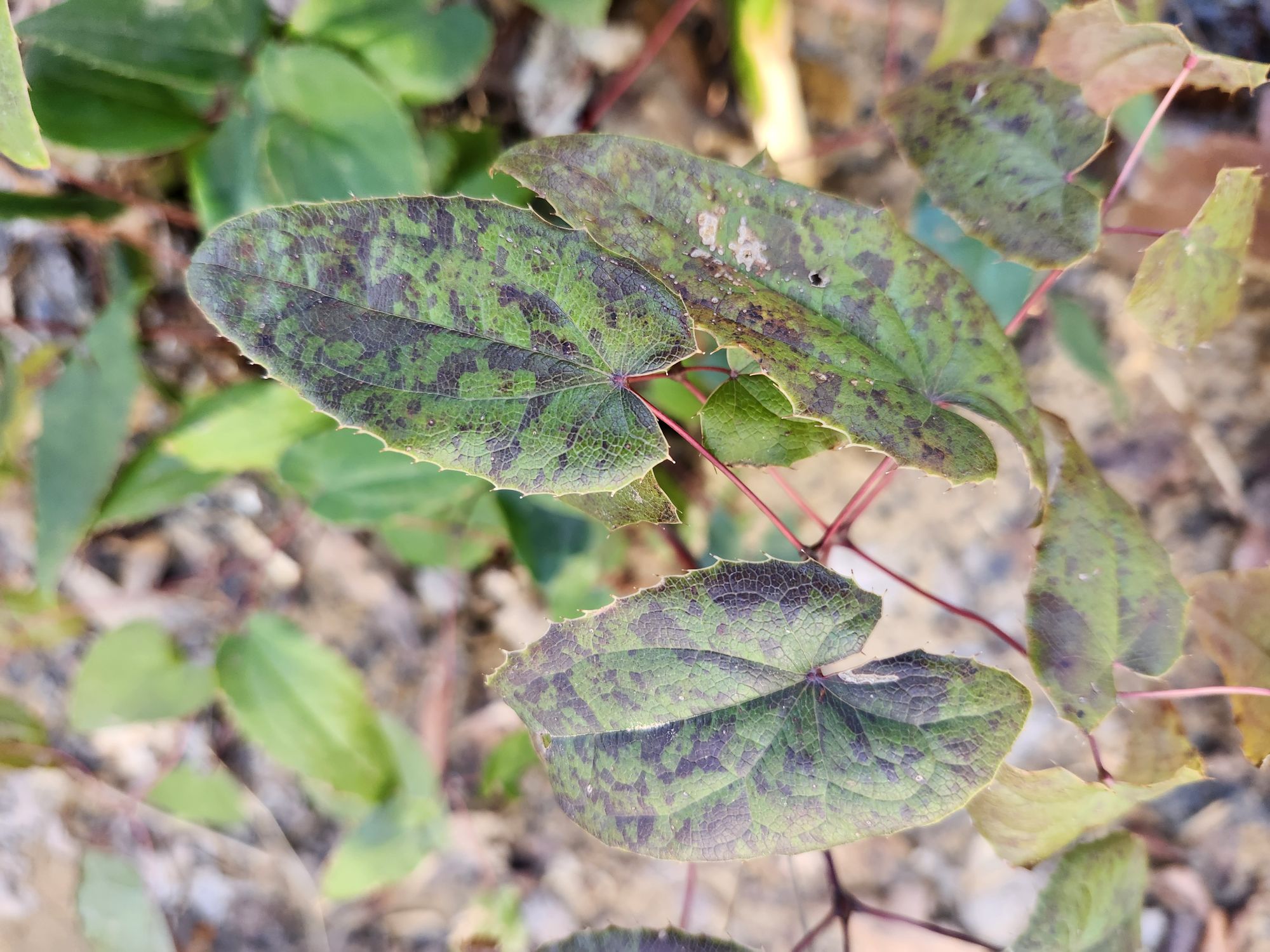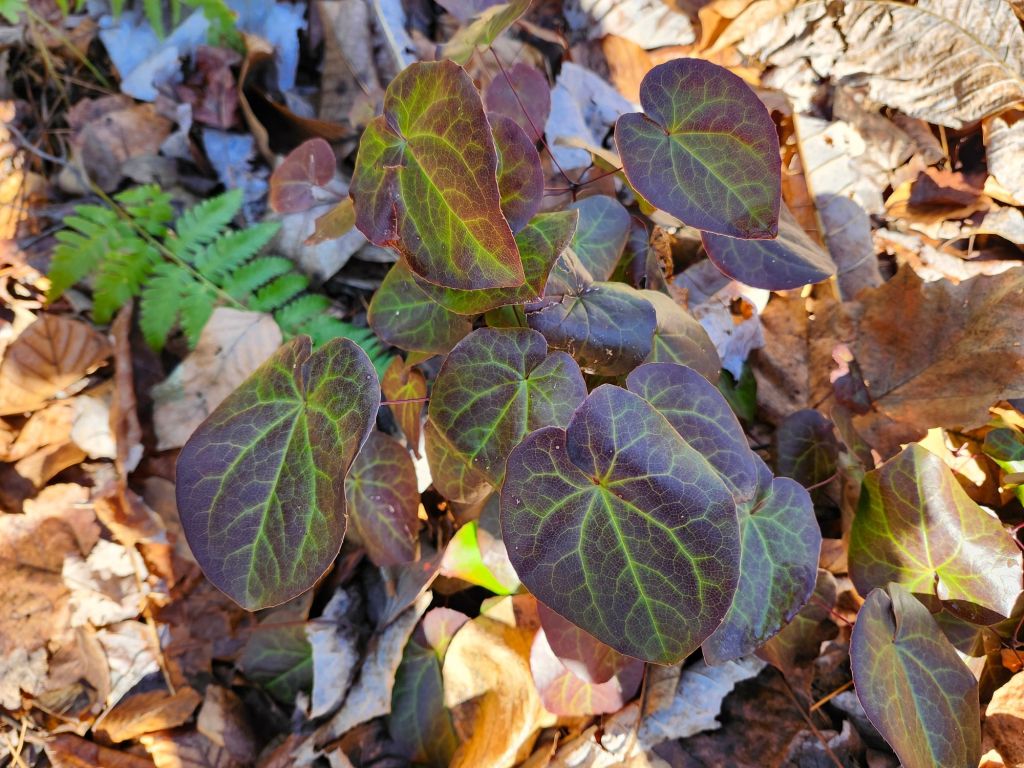I shouldn’t complain. But I do, and I will every day until spring, though there is reason for joy each day as I whine that mild temperatures are so far off. I want to be outdoors, preferably in short sleeves, tidying up, planting, or only strolling, I don’t care.

As I roam the garden in January, too often scurrying to escape the cold, I see beauty each day in increasing abundance as the winter days pass. A lone hellebore flowers, then a second, with many others poised to flower in the days and weeks ahead. I am reminded that fallen leaves must be removed so that flowers are not hidden.
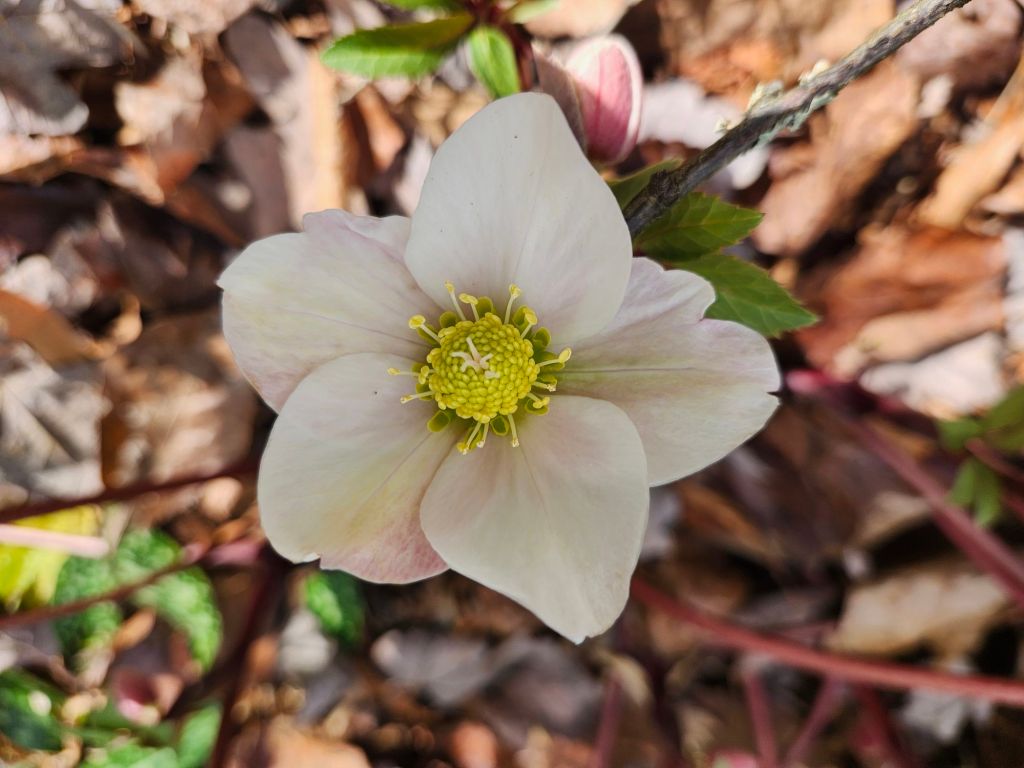
The leaves of hellebores, recommended for removal by most, are undamaged by the few nights that have dipped into the upper teens (Fahrenheit). I prefer to keep the evergreen leaves unless they become unsightly, usually a result of temperaures nearing zero. Flowers of several long-established hellebores nestle down into the foliage, so I will often carefully chop these as buds begin to open.
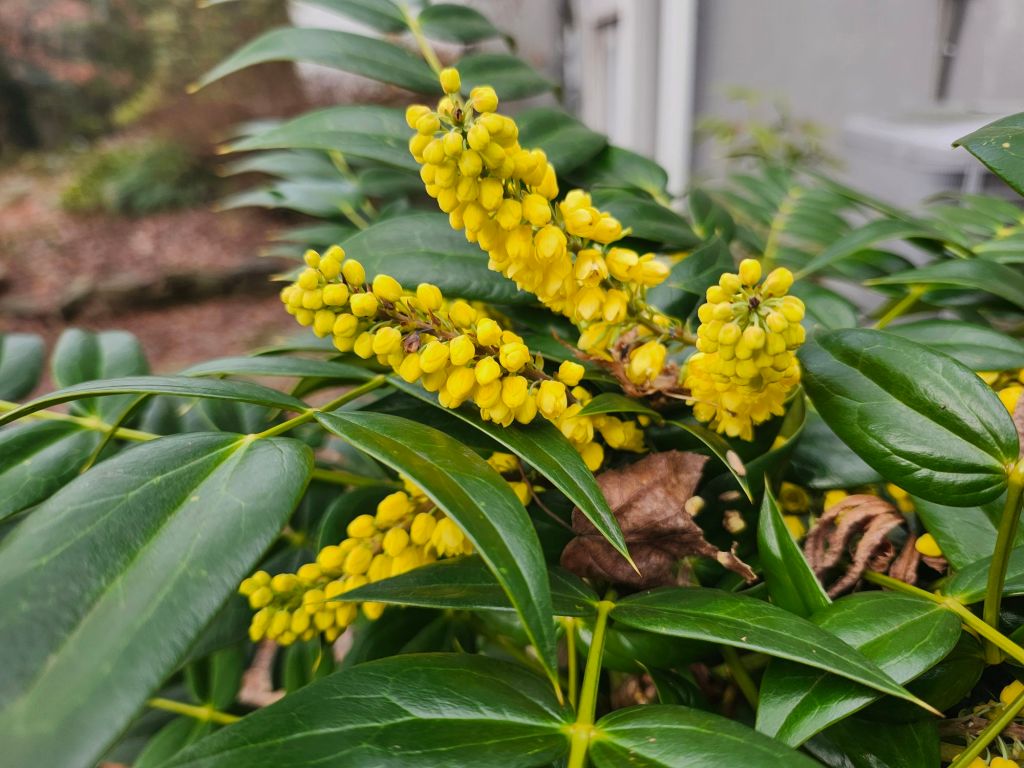
Mahonias (Mahonia x media ‘Marvel’, above) that began their cheery flowering in late autumn continue into mid-January. I see the first crack of color on late winter flowering leatherleaf mahonias (Mahonia bealei, below). If ‘Marvel’ and ‘Winter Sun’ hang on a while longer, the autumn and late winter blooms could intersect. Not unheard of, but rare in this garden.
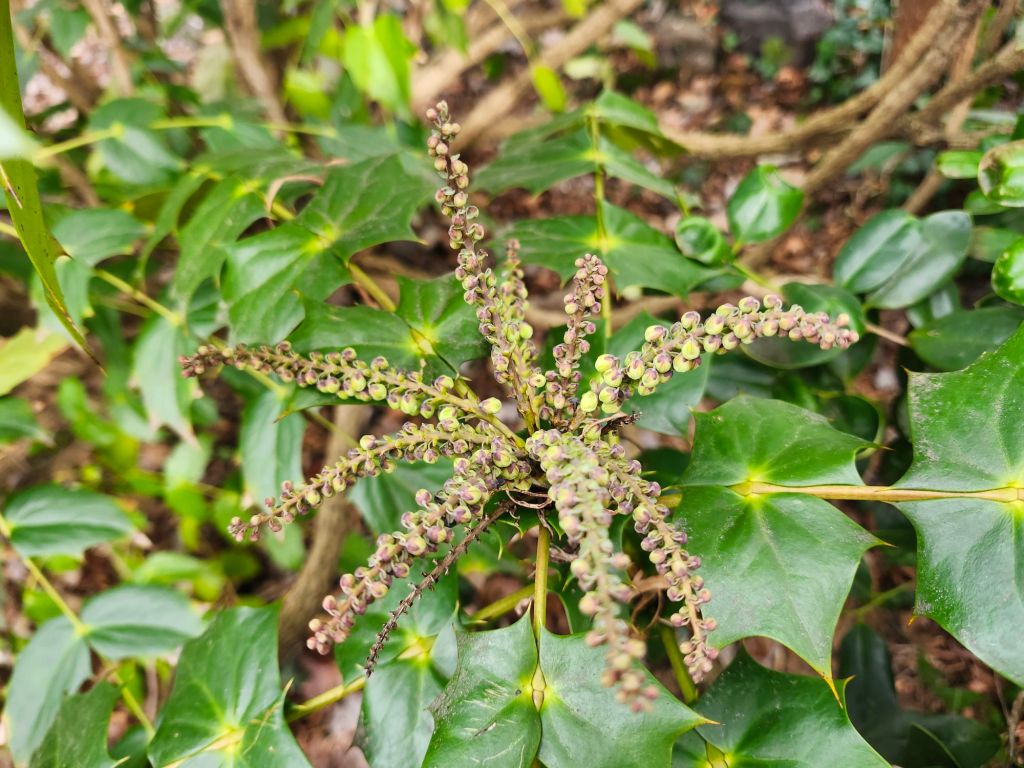
Not only flowers catch my attention as I stroll the garden. I notice that varieties of Cyclamen (below) have doubled their spread. Again, I accept blame for not paying attention to species or culivar names, but how can you go wrong? If you’re in the garden in January, these are a must.
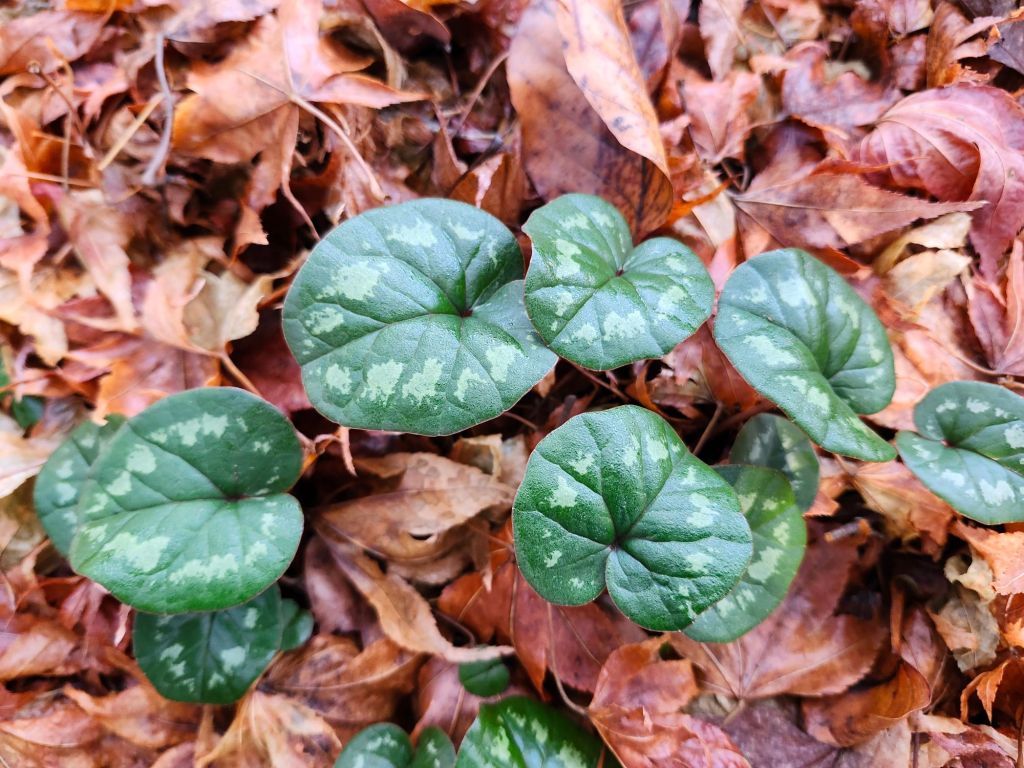
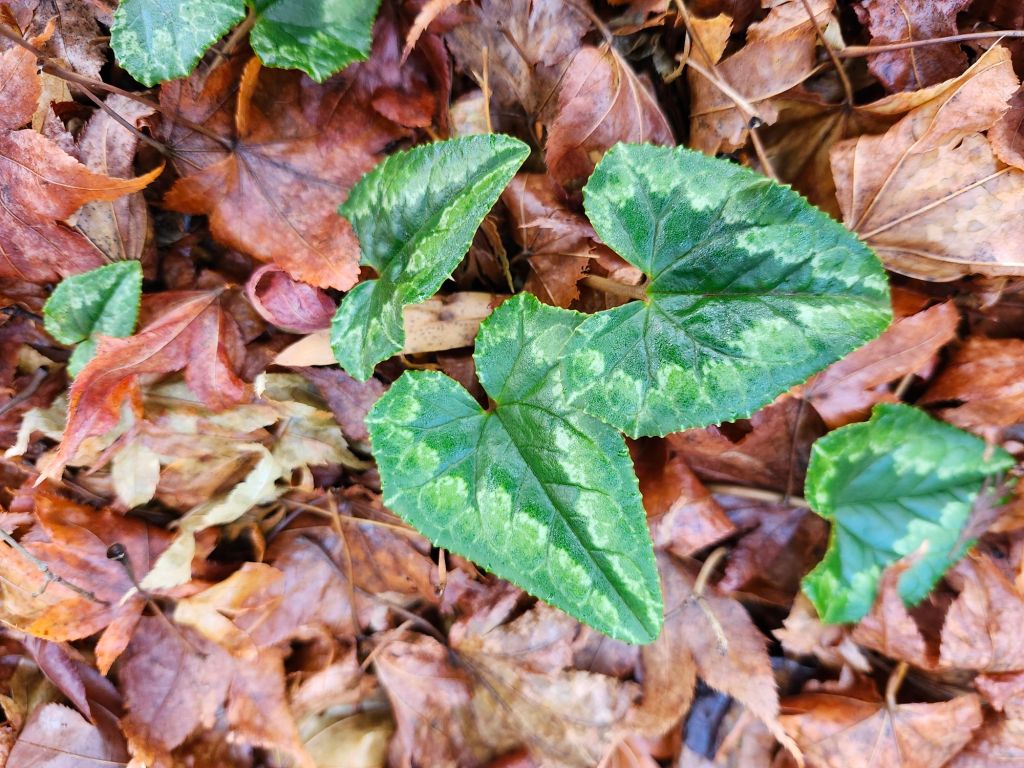
Someday, I could run out of room to plant barrenworts (Epimedium, below), but dry shade spaces fill more slowly than in moister areas. What other plant thrives competing with the shallow roots of the purple leafed beech in the front garden? Yes, stinking hellebore seedlings (Helleborus foetidus, below), but little else of merit so close to its trunk.
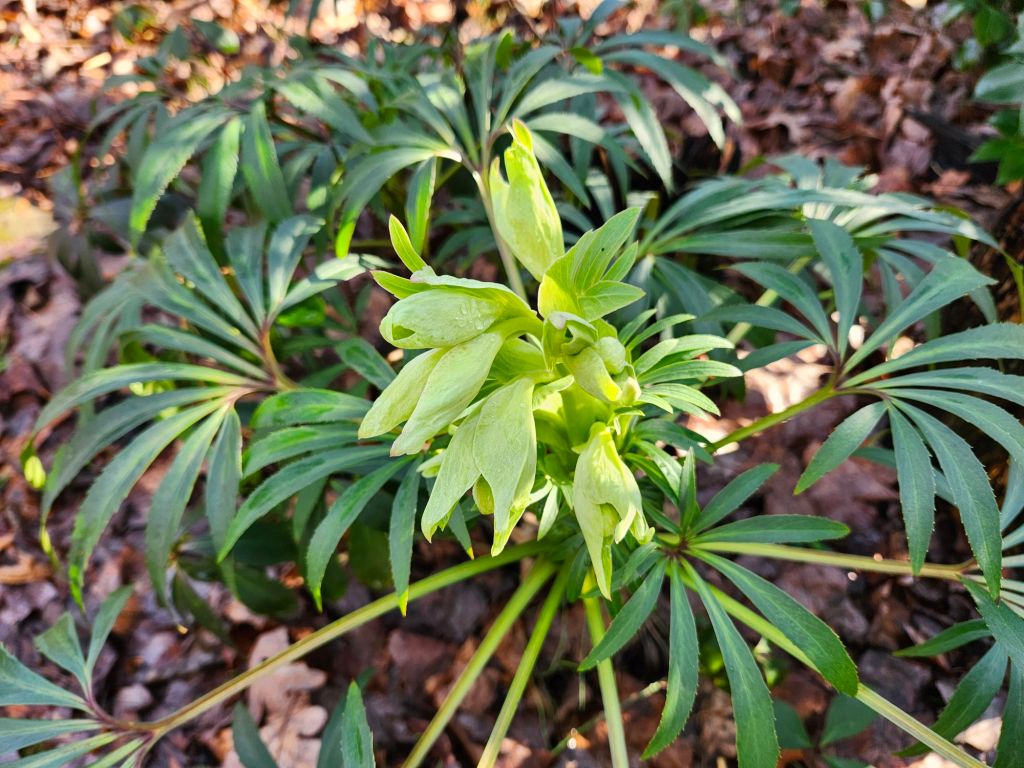

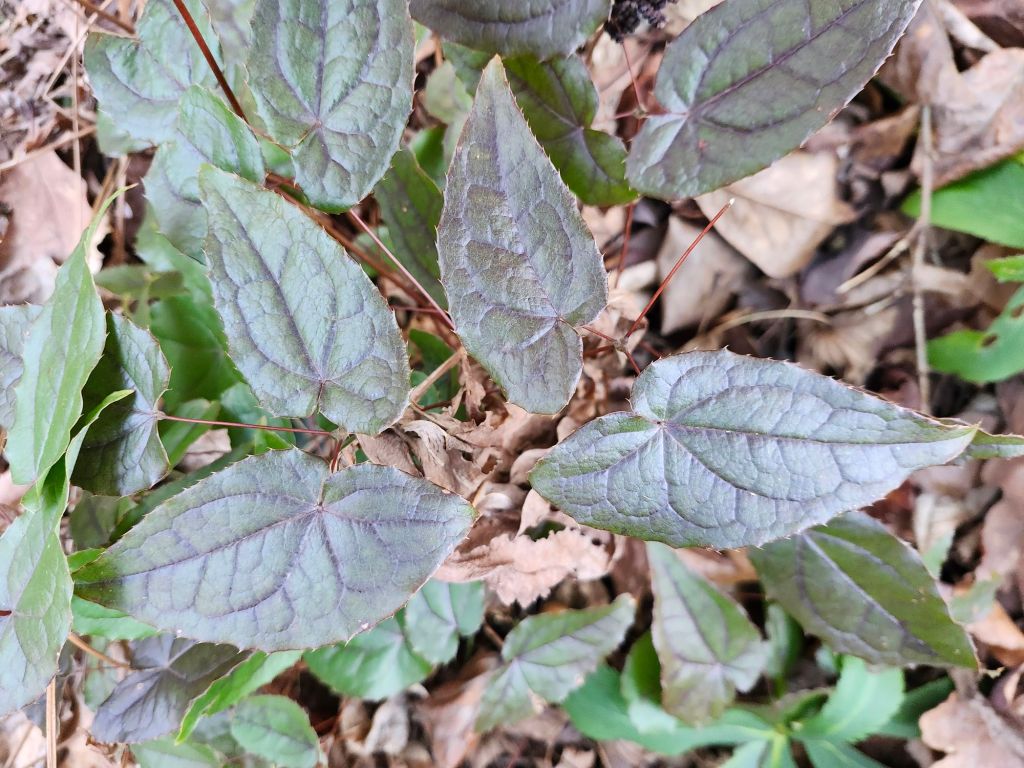
While flowers are a month away, several barrenworts earn their keep in winter with marvelous foliage (above and below). I’m working on the list for spring delivery.

